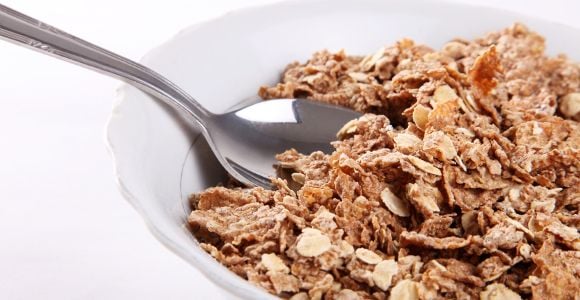Cholesterol is a buzz word for heart health. Most people understand there is good cholesterol (HDL) and bad (LDL) cholesterol. However, some people are confused on how to improve their cholesterol level. There is not a magic pill or one good habit to improve your levels. To aid in improving cholesterol readings incorporate soluble fiber, which can aid in lowering your LDL or "bad" cholesterol.
There are two types of fiber, soluble and insoluble. The insoluble works like a broom for digestion. Helping with constipation and bulking up and softening the stool. However, soluble fiber works a bit differently. This type of fiber works with the liquids in your gastrointestinal track. It can bind and remove fatty substances from your body. The fiber forms a gel like consistency that will bind the dietary cholesterol and remove it from the body with your stool.
Your body naturally makes its own cholesterol by using bile acids in the liver. It is thought that soluble fiber will also bind to these bile acids or salts, and in turn, remove them from the body. The liver needs cholesterol, already in the body, to make more bile acids for other digestive functions. The positive effect of this process is removing existing cholesterol that is moving around in the blood system.
The Bell Institute, through General Mills, has great information, which can be downloaded from their website, about different fibers and how to incorporate these into a healthy diet. Foods that contain soluble fiber include oatmeal, fruits, vegetables, beans, whole wheat breads and some cereals. Although insoluble and soluble fibers perform two different functions they are both important. The advantage to fruits and vegetables is they contain both types.
There are easy ways to get these foods in your diet. Incorporate fruits into breakfast, snacks, or even have a bowl of fruit with honey for dessert. Add vegetables to stews, pastas, sandwiches and salads. Switching from white to whole wheat breads or breads made with oatmeal. Oatmeal itself can be dressed up for a healthy breakfast, by adding fruit or a little bit of peanut butter for some added protein. Meat can also be replaced in a meal, a few times a week, with beans, or legumes for added fiber.
The recommendation for fiber, preferably soluble and insoluble together, is 25-30 grams. Starting slowly will help build a tolerance, since constipation can be a result of too much too fast. Being sure to get in fluids will help with tolerance, about 7-8 cups (8oz each). These small changes can lead to a healthier lifestyle and a possible improvement in your cholesterol levels.
Jackie Termont, RD is a registered dietitian based in Richmond, VA. Jackie received her bachelor of science in nutrition from Purdue University in West, Lafayette, IN. She completed her dietetic internship at Winthrop University in Rock Hill, SC. During that time she was placed in Beaufort, SC for her assignment. She has experience as a hospital dietitian and taught weekly classes on heart healthy diets. Currently she is working as a renal dietitian in a dialysis center, teaching patients about the kidney/dialysis diet. She loves to bake and cook most nights, and especially on the weekends. Coming up with new recipes and lightening up existing recipes is a hobby. Jackie enjoys helping people with ideas for healthier meals and loves to talk about food. She can be reached via email at at [email protected].



